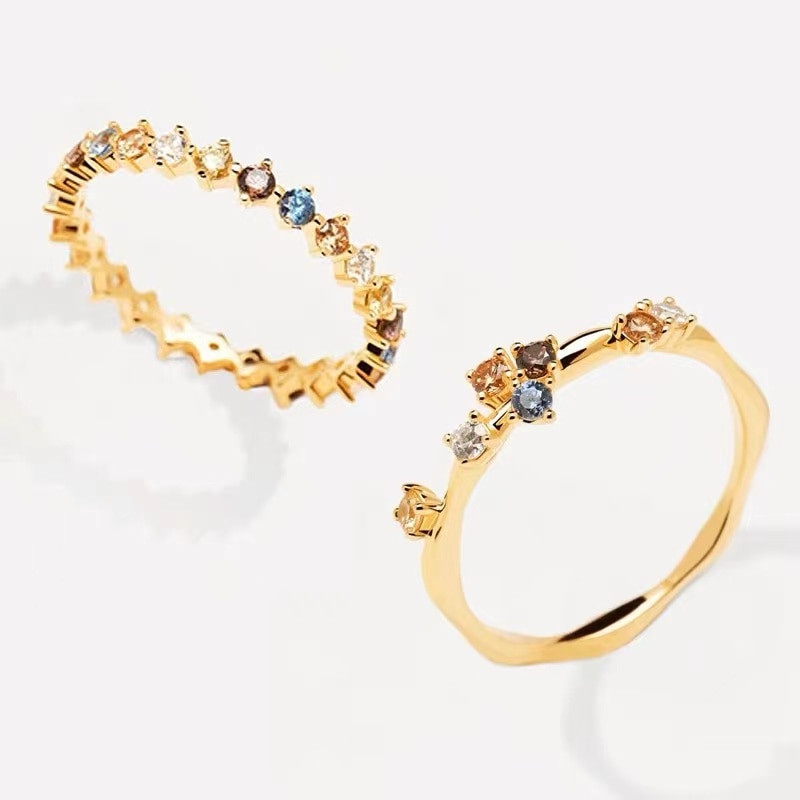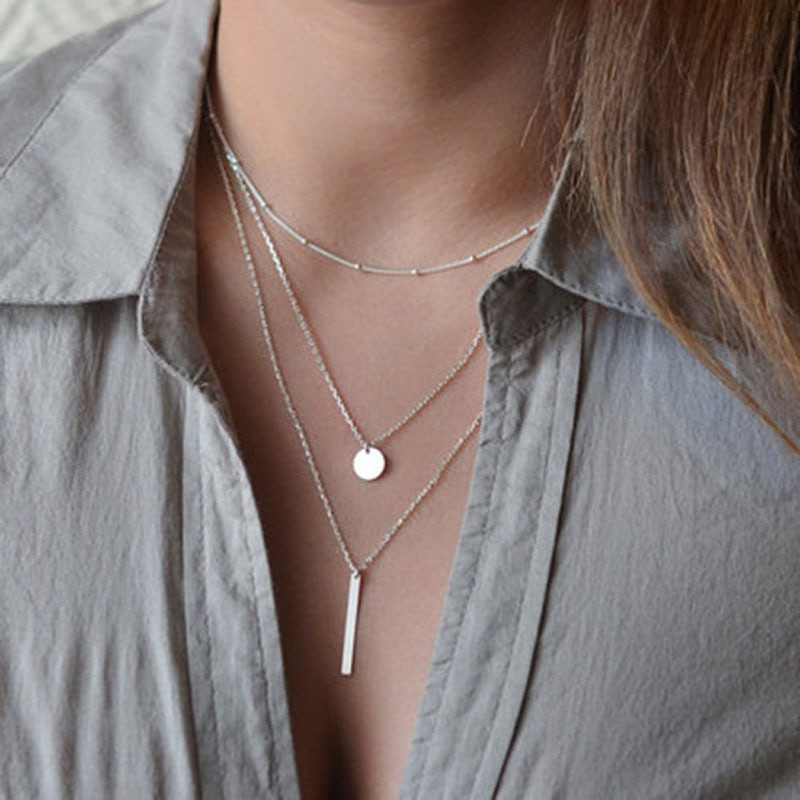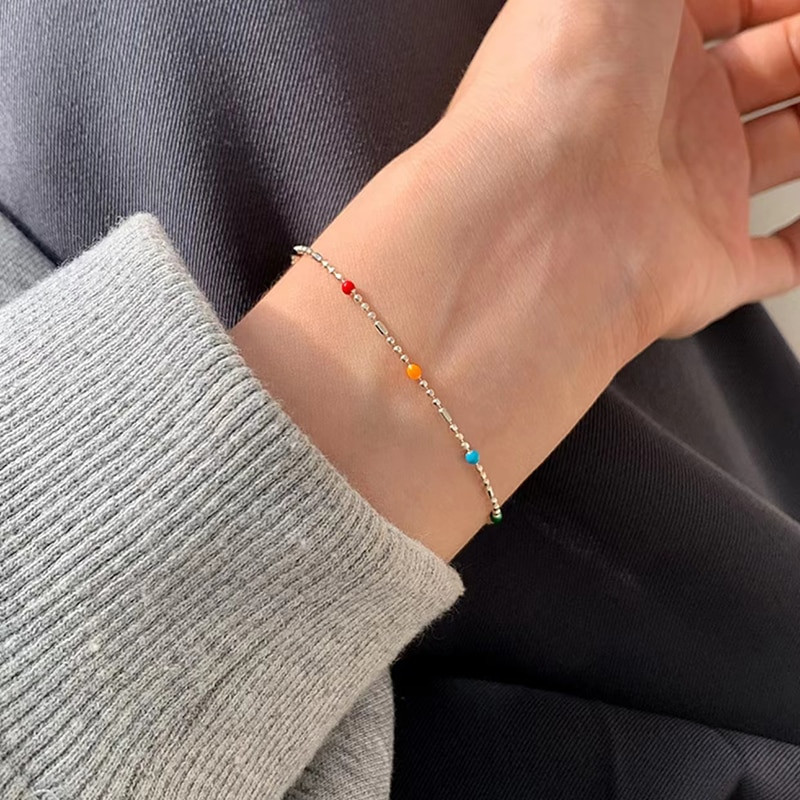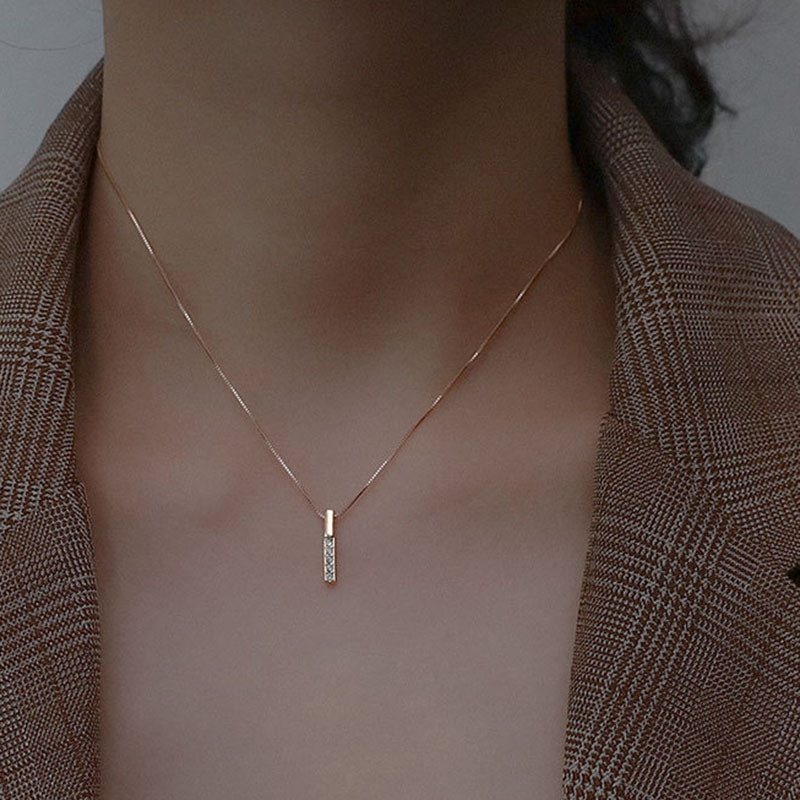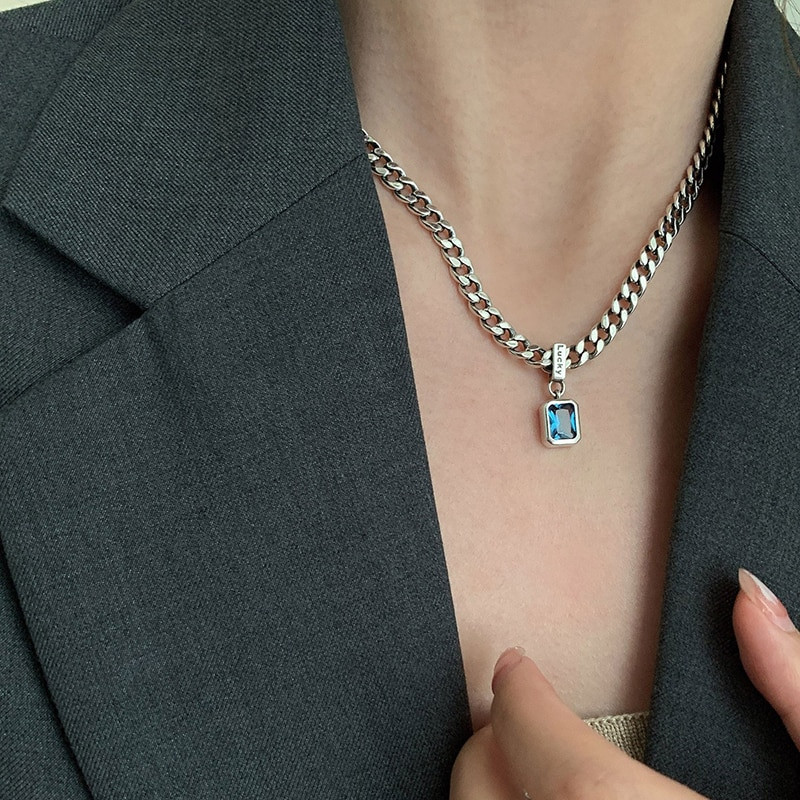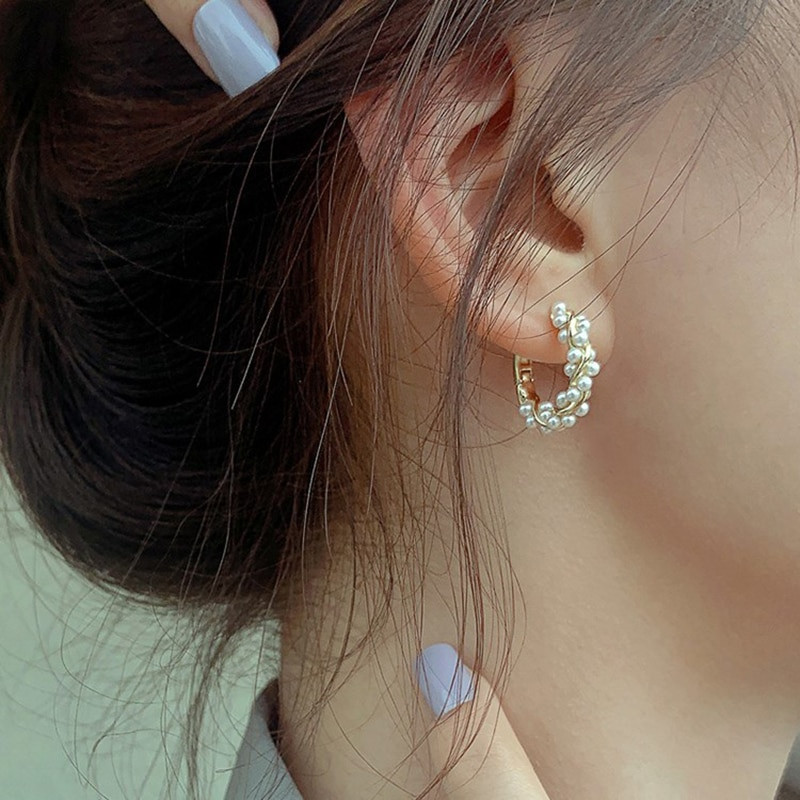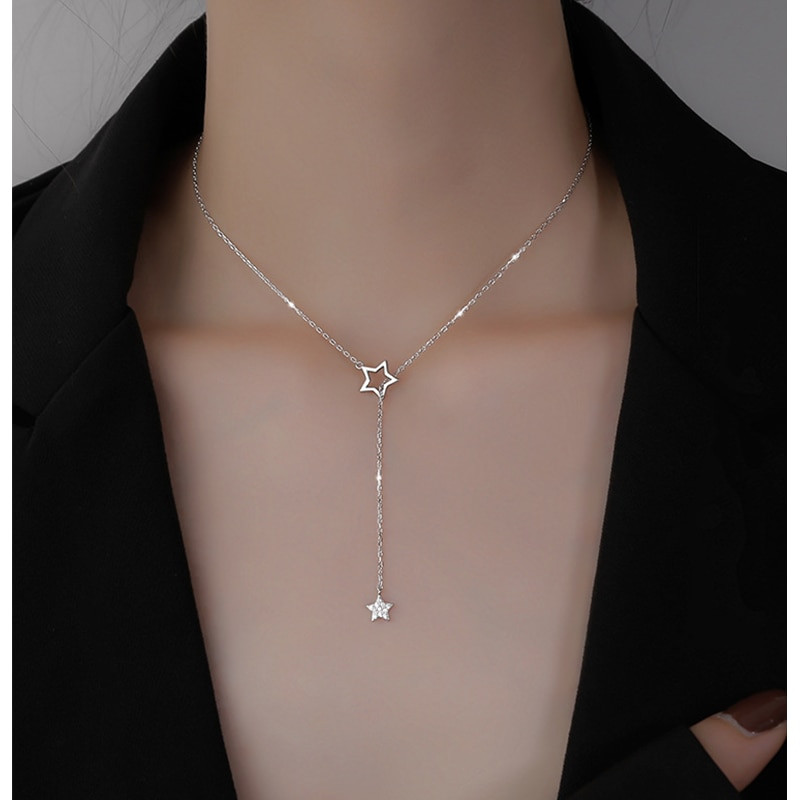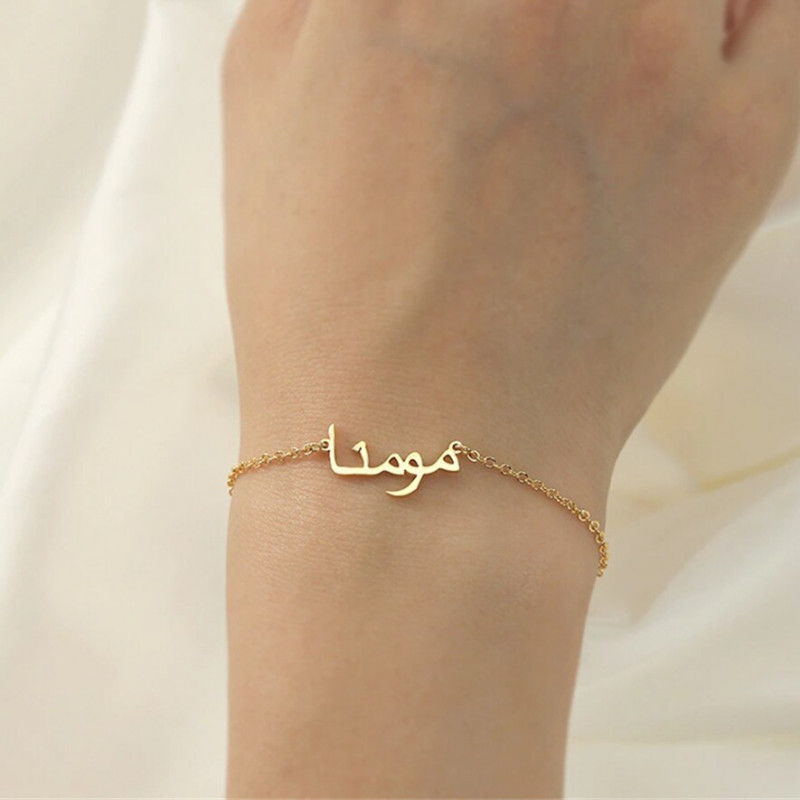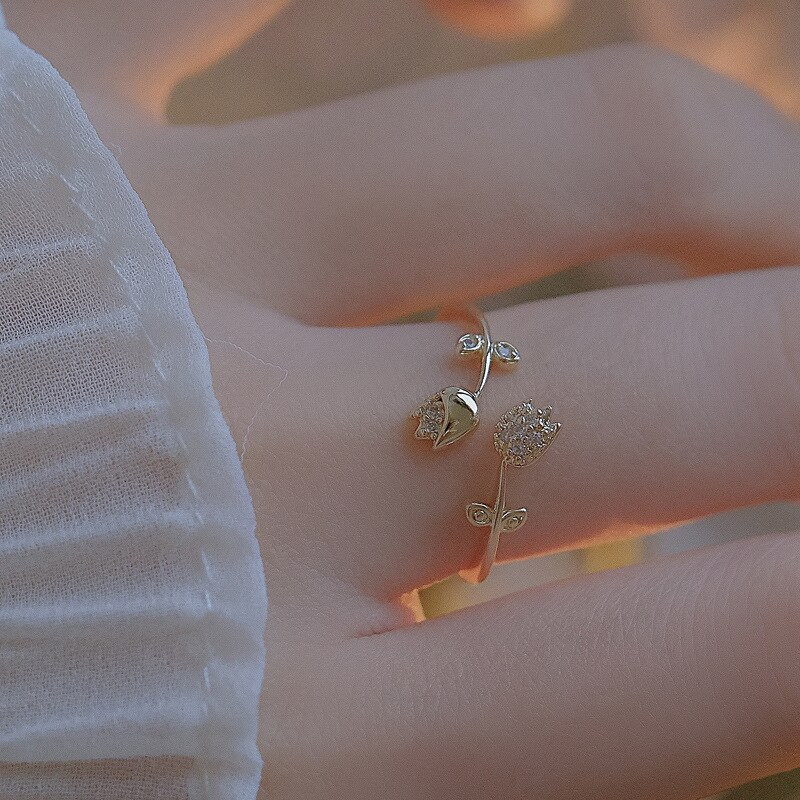Helix Piercings: The Ultimate Guide for Stylish Ear Accessories
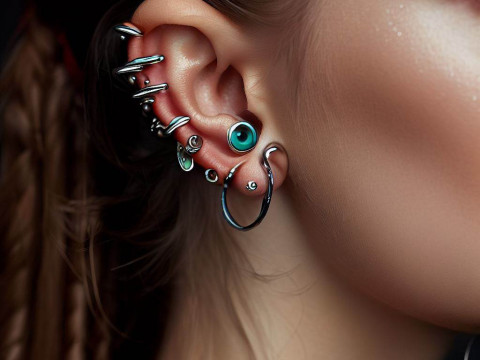
Introduction
Helix piercings have become increasingly popular in recent years as a stylish way to accessorize your ears. Whether you're looking to add a single piercing or create an intricate ear constellation, helix piercings offer a versatile and fashionable option. In this comprehensive guide, we will explore everything you need to know about helix piercings, from the different types to the aftercare process, and even some styling ideas to help you make a statement with your ear accessories.
What is a helix piercing?
A helix piercing is a type of ear piercing that goes through the upper cartilage of the ear. It typically involves inserting a small piece of jewelry through the helix, which is the outer rim of the ear. The helix area offers various options for piercing placement, allowing individuals to customize their ear look based on their preferences.
Different types of helix piercings
Forward helix piercing
The forward helix piercing is placed on the front side of the ear cartilage, towards the face. It creates an eye-catching and unique look, especially when paired with other piercings. The forward helix can be done as a single piercing or as a series of multiple piercings along the same line.
Double helix piercing
The double helix piercing involves two separate piercings on the helix, usually positioned next to each other. This type of piercing adds a touch of symmetry and balance to the ear. It's a popular choice for those looking to create a more intricate and detailed ear arrangement.
Triple helix piercing
As the name suggests, the triple helix piercing consists of three individual piercings along the helix. This piercing style offers a unique and bold look, allowing for creative combinations of jewelry and placements. It's an excellent choice for those who want to make a statement with their ear accessories.
Industrial piercing
The industrial piercing is a striking and edgy choice for helix piercings. It involves connecting two separate piercings on the helix with a single piece of jewelry, creating a horizontal bar that spans across the ear. This piercing requires careful placement and proper aftercare due to its complex nature.
Helix piercing process
Choosing a professional piercer
When getting a helix piercing, it's crucial to choose a professional piercer who has experience and expertise in ear piercings. Look for reputable piercing studios that prioritize hygiene and follow strict safety protocols. Take the time to research and read reviews to ensure you're in capable hands.
Preparing for the piercing
Before getting your helix piercing, it's essential to prepare yourself and your ear. Make sure you're in good health and haven't recently had any ear infections. Avoid consuming alcohol or blood-thinning medications that can increase bleeding during the piercing process. Additionally, gather all the necessary aftercare products recommended by your piercer.
The piercing procedure
Once you're ready, the piercer will clean the area around your helix and mark the ideal placement for the piercing. They will use a sterile needle or a piercing gun to create the hole, depending on their preferred method. While some people may opt for a numbing agent, it's important to note that it can increase the risk of complications.
Aftercare tips
After the piercing, your piercer will provide you with detailed aftercare instructions. It's crucial to follow these guidelines to ensure proper healing and minimize the risk of infection. Typically, aftercare involves cleaning the piercing with a saline solution or a mild soap, avoiding touching the area with dirty hands, and refraining from swimming or submerging the piercing in water for the initial healing period.
Healing and aftercare
Cleaning the piercing
To promote healing and prevent infection, it's essential to clean your helix piercing regularly. Gently clean the piercing using a saline solution or a mild soap recommended by your piercer. Avoid using harsh cleansers or alcohol-based products, as they can irritate the piercing and delay the healing process.
Avoiding infections
Keeping your helix piercing clean and free from bacteria is crucial to prevent infections. Avoid touching the piercing with dirty hands, and refrain from changing or removing the jewelry before the piercing is fully healed. It's also important to avoid exposing the piercing to unclean water, such as swimming pools or hot tubs, during the healing process.
Managing pain and swelling
Some degree of pain and swelling is normal after getting a helix piercing. You can manage these symptoms by applying a cold compress to the area, taking over-the-counter pain relievers, and avoiding sleeping on the pierced ear. If the pain or swelling persists or worsens, it's important to consult your piercer or a healthcare professional.
Jewelry options for helix piercings
Studs and hoops
Studs and hoops are popular choices for helix piercings, offering versatility and a variety of styles to choose from. Studs, such as flat-back labrets or barbells, are ideal for initial piercings as they minimize irritation and promote healing. Hoops, on the other hand, can add a stylish and eye-catching touch to your ear arrangement.
Captive bead rings
Captive bead rings are another popular jewelry option for helix piercings. They consist of a small hoop with a removable bead or ball that is held in place by the tension of the hoop. These rings can add a touch of elegance and simplicity to your helix piercing and are available in various materials and designs.
Barbells and dangles
Barbells, also known as straight barbells or industrial bars, are commonly used for industrial piercings but can also be a stylish choice for helix piercings. They consist of a straight bar with decorative ends, allowing you to showcase unique and eye-catching designs. Dangle earrings, featuring dangling charms or gemstones, can also be a playful and trendy option for helix piercings.
Styling ideas for helix piercings
Stackable earrings
One popular trend with helix piercings is the concept of stacking earrings. This involves wearing multiple earrings on the helix, creating a layered and visually appealing look. You can mix and match different jewelry styles, such as studs, hoops, and dangles, to create your own unique combination.
Mixing and matching jewelry
Don't be afraid to mix and match different types of jewelry for your helix piercings. Combine studs, hoops, and rings to create an eclectic and personalized ear arrangement. Experiment with different sizes, materials, and designs to showcase your individual style.
Layering different types of piercings
If you have multiple helix piercings or other ear piercings, you can create a cohesive and fashionable look by layering them strategically. Consider incorporating lobe piercings, tragus piercings, or conch piercings into your overall ear jewelry arrangement. This can result in a stunning and unique ear constellation.
Potential risks and complications
Infections and allergies
Like any piercing, helix piercings carry a risk of infection. It's crucial to keep the piercing clean and follow proper aftercare procedures to minimize this risk. Additionally, some individuals may develop allergies to certain metals used in jewelry. If you experience persistent redness, itching, or swelling around the piercing, consult with your piercer or a healthcare professional.
Keloids and scarring
Keloids, raised scar tissue, can sometimes develop around helix piercings, especially in individuals prone to keloid formation. To reduce the risk, follow proper aftercare and avoid excessive trauma or irritation to the piercing. If you notice abnormal scar tissue formation, seek medical advice for appropriate treatment options.
Migration and rejection
In some cases, the body may reject the piercing, causing it to migrate or move out of the original placement. Factors such as improper piercing technique, poor aftercare, or individual anatomy can contribute to migration or rejection. If you notice the jewelry shifting significantly or signs of rejection, consult with a professional piercer or healthcare provider.
Conclusion
Helix piercings offer a stylish and customizable way to adorn your ears. From forward helix to triple helix piercings, there are various options to create a unique and fashionable look. Remember to choose a professional piercer, follow proper aftercare guidelines, and be mindful of the potential risks associated with helix piercings. With the right care and selection of jewelry, you can enjoy your helix piercing as a stunning and trendy ear accessory.
FAQs
How long does it take for a helix piercing to heal?
The healing time for helix piercings can vary but generally takes around 6 to 12 months. It's essential to follow proper aftercare during this period to ensure complete healing.
Can I change the jewelry before it's fully healed?
It's recommended to wait until the piercing is fully healed before changing the jewelry. Changing it too soon can disrupt the healing process and increase the risk of complications.
How much does a helix piercing cost?
The cost of a helix piercing can vary depending on the piercing studio and location. On average, it can range from $30 to $50 for a single helix piercing. Additional costs may include the price of the jewelry you choose. It's important to inquire about the pricing before getting the piercing done.
Can I sleep on the pierced ear?
It's advisable to avoid sleeping on the pierced ear during the initial healing period. Pressure and friction from sleeping on the piercing can cause irritation and slow down the healing process. Try to sleep on the opposite side or use a travel pillow to alleviate any discomfort.
What should I do if my helix piercing gets infected?
If you suspect that your helix piercing is infected, it's important to seek professional advice. Avoid removing the jewelry yourself, as it can trap the infection and worsen the situation. Your piercer or a healthcare professional can assess the infection and recommend appropriate treatment, which may include antibiotics or further care instructions.

